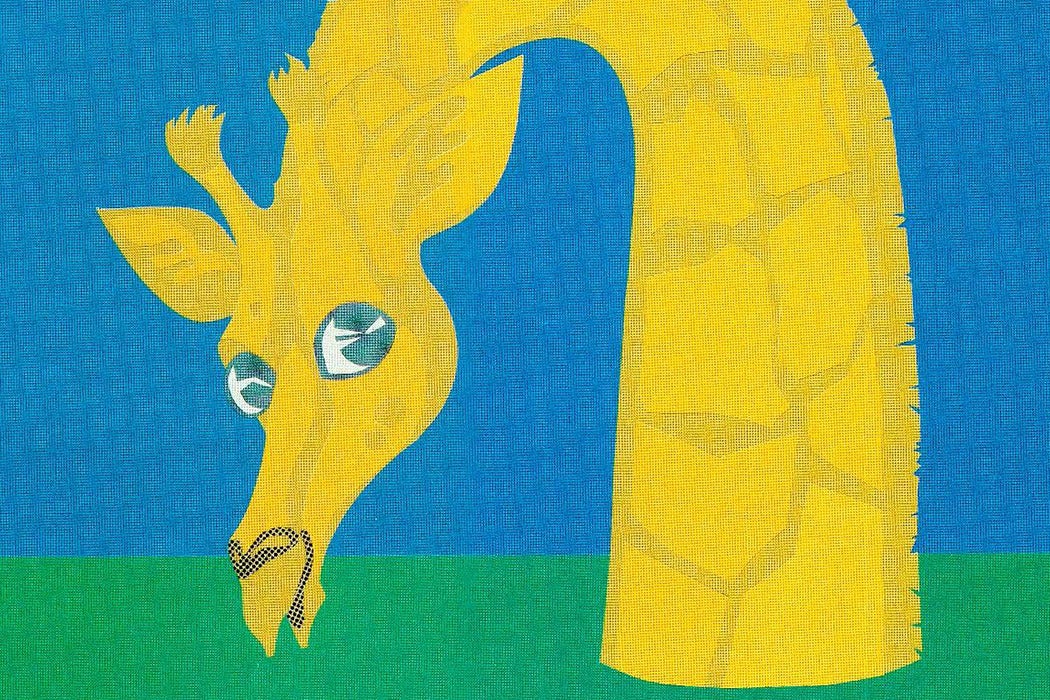Take a moment to think about your favorite color. Close your eyes and let it fill your mind. Why is it your favorite? Does it invoke a specific memory or item of significance? Does it call to mind a feeling or mood that resonates with you?
Color is one of several components of visual art and design known collectively as the elements of art and design. These elements vary from context to context but are generally accepted to include shape, value, space, form, line, texture, and color. Each of the elements can be combined with the others to communicate meaning and create visually compelling experiences. While most of the individual elements must be combined into complex relationships to impact a viewer, color is has the potential to communicate independently of the others.
Color, for example, has the power to stir up feelings that are both personal and shared. In this way, color is perhaps the most accessible element of visual language. Without any experience analyzing visual works, most viewers can appreciate the way color impacts the reading or experience of an image or object. Color is seemingly self-evident and uncomplicated, yet color theory and its depths have enraptured philosophers, artists, and scholars alike for centuries.
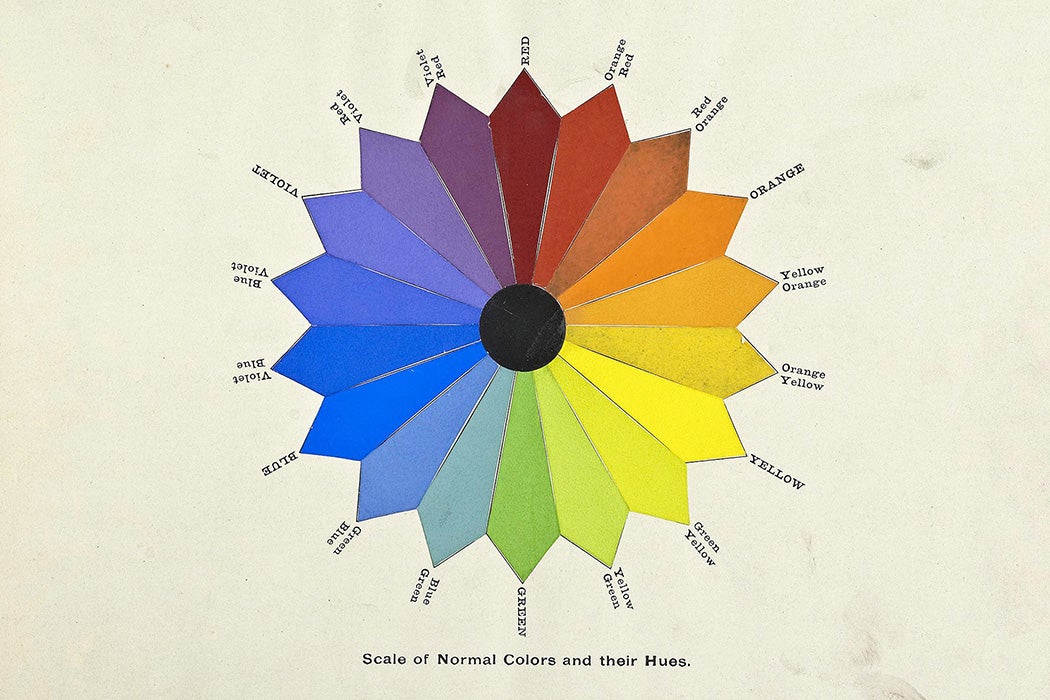
Color theory may be familiar to many readers through popular color psychology, which influences Western culture, from social media trends to government institutions. Popular color psychology is so pervasive that it’s often satirized. But pop color systems ultimately have very little impact on the interpretation of color in visual works beyond how popular color psychology has itself created cultural associations with certain colors (e.g., red signifies passion and purple projects power).
Weekly Newsletter
While the jury is still out on fixed psychological color relationships, cultural significance of colors and the visual relationship between colors outside of cultural meaning do have very clear implications on how viewers perceive visual works. This is as true of incidental color in documentary or archival visual material as it is true of artistic works and other intentional uses of color. Take, for example, the following image. The content, a city street, can be read easily in black and white. Yet when color is restored, details flourish. The separation between the red roof and blueish church spires becomes clear. The textural difference between the trees and shingles becomes distinct. The pale yellow that fills the sky and kisses the buildings’ edges fills the frame with a sense of rising sunlight that is illegible without color.

Color provides visual information here, enriching our understanding of the image’s content and perhaps calling to mind symbolic associations with key colors that are included. While color theory can become endlessly complex and often philosophical, anyone interested in visual exploration can begin to approach color on a handful of key levels:
1. Color can have visual impact beyond cultural associations.
While general agreement about color organization and classification was in flux for a large part of modern history, it is now generally understood that there are three primary, or foundational colors: red, yellow, and blue. From these are derived secondary colors—orange, green, and violet—tertiary colors, and so on. Different combinations of such colors are used to produce visual harmony or contrast, independent of any meaning applied to specific colors. When set against one another, complimentary colors—color pairs like red and green or violet and yellow—create a jarring effect, replete with contrast.
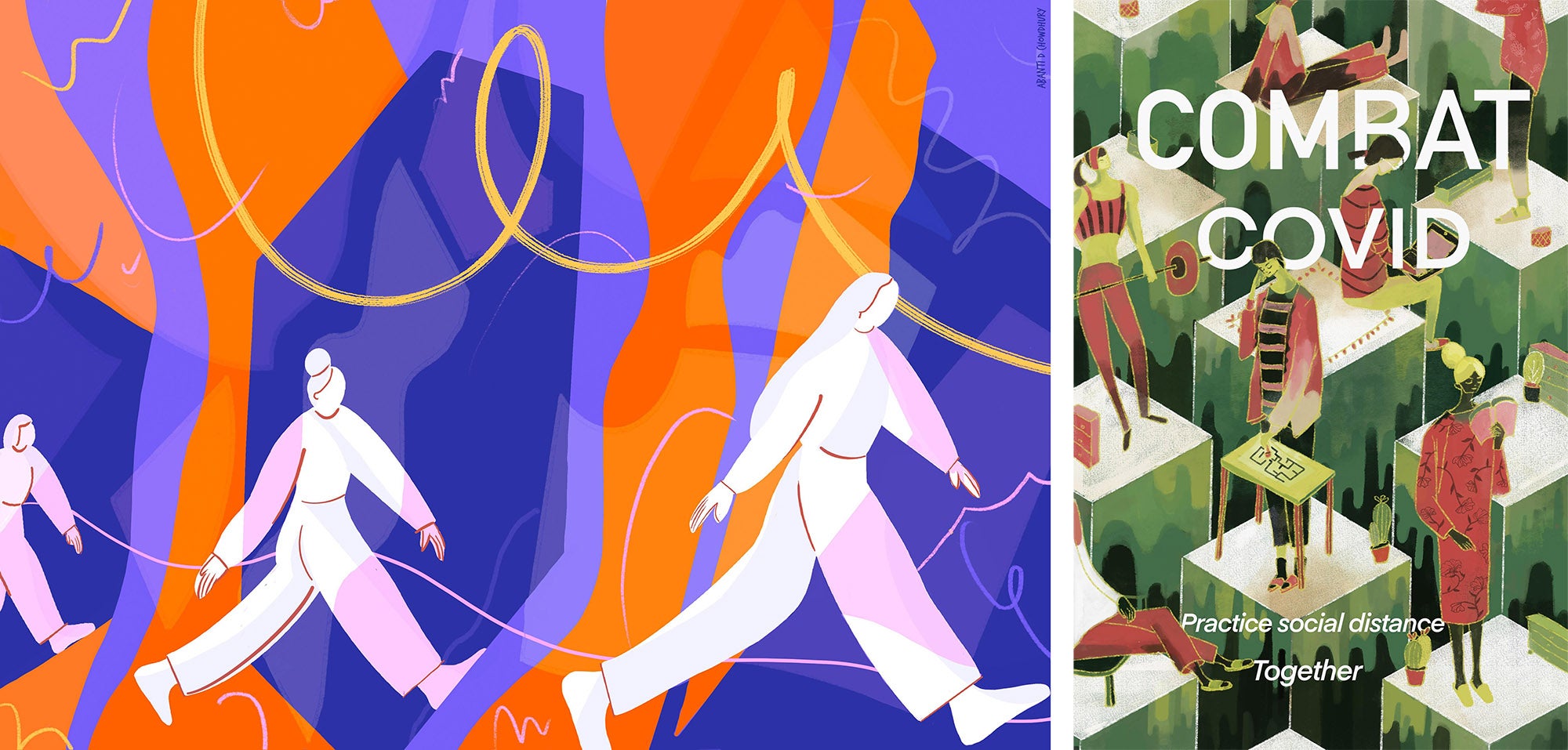
Color can also indicate universally understood relationships, like time of day or fixed color associations that are widely recognized across cultures. Often, spatial relationships can emphasize or clarify these color associations. This makes it possible for viewers, regardless of experience or background, to quickly recognize otherwise abstract images like a blue rectangle above a green one as scenes like a sky and grass or water meeting at a horizon.
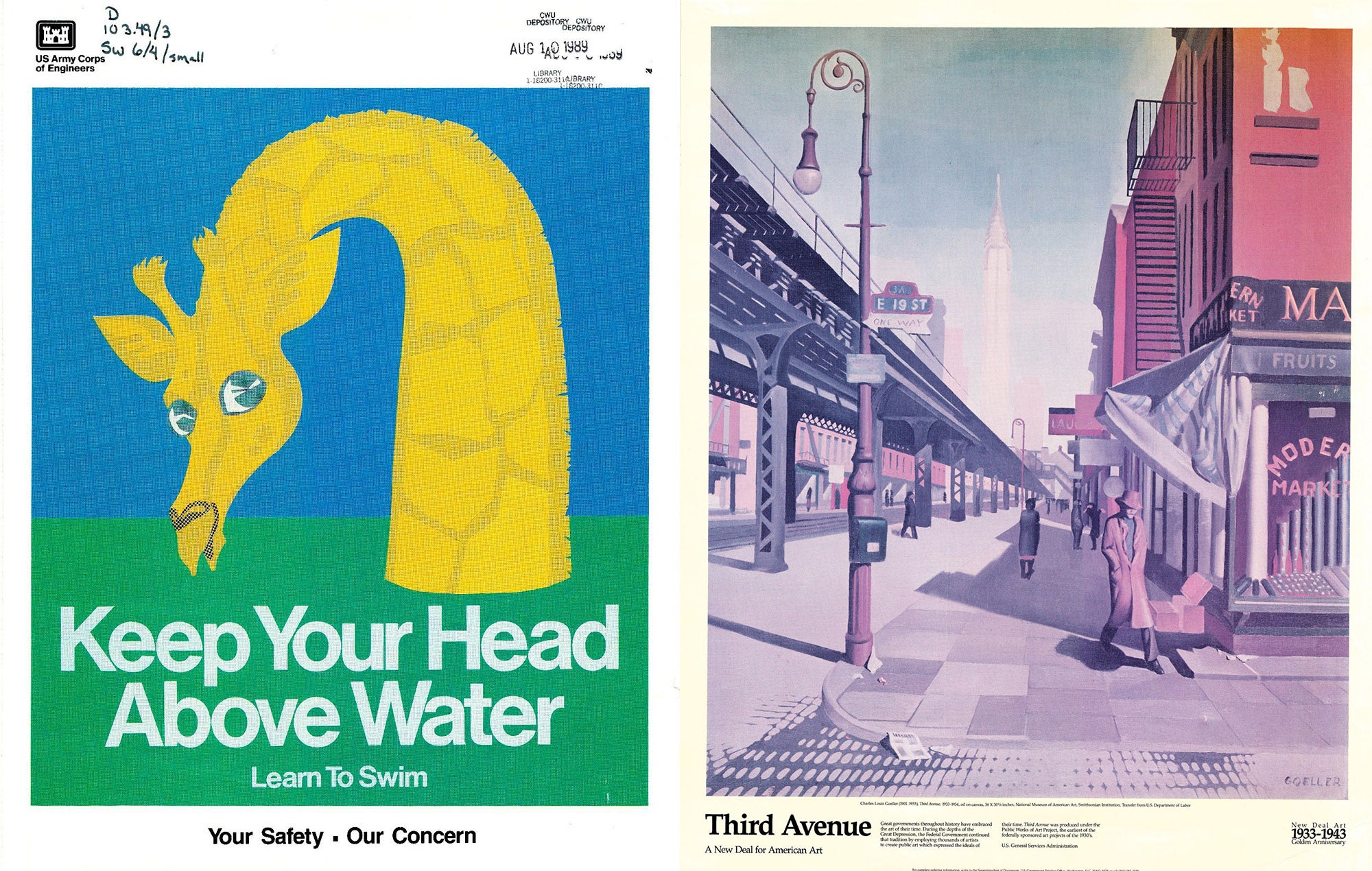
2. Color can reinforce or clarify understanding.
Beyond adding a layer of visual interest, color often serves to reinforce viewers’ understanding of an image. Color echoes, and even sometimes exaggerates, what can already be read a scene’s figures and forms through both color relationships and culturally recognizable color associations.
Color can also clarify the way an image is read and understood, just as the addition of green to an image would distinguish a grassy landscape from a snowy one. Ambiguity in an image is often resolved and questions are answered with the application of color. In the image below, color declares that this is an image of fecundity amid volcanic activity, rather than an image of destruction. Here, color also adds identifying detail to abstracted plant and animal forms, identifying birds like the Hawaiian honeycreeper and O’u through distinctive coloring.
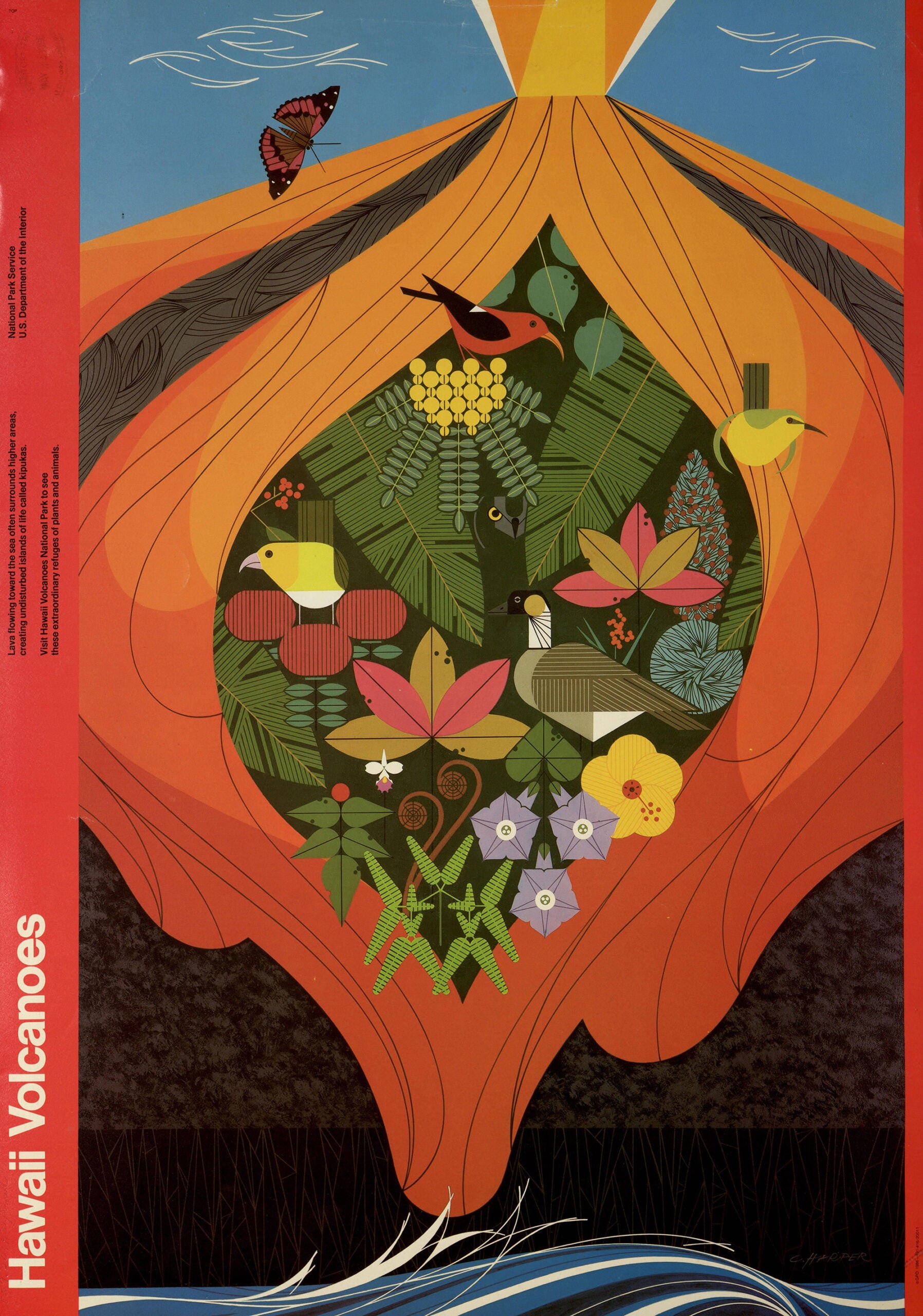
3. Color can be symbolic.
On a basic level, symbolic colors can be created when a color is chosen and declared to have a particular meaning or association, like colors on a nation’s flag or the colors worn by a sports team. These can have a direct meaning that is widely recognized. For example, red, white, and blue are associated with the United States of America, and while various meanings have been ascribed to the three colors over time, the colors’ combined association with the United States holds significance in itself.

When this American war effort recruitment poster was created, the red background, white nurses cap, and blue dress would have undoubtedly been chosen to mimic the colors of the American flag. The cuffs that cut across the image emphasize the relationship between national service, shared sacrifice, and patriotic duty.
At a more complex level, color can also be imbued with symbolic meaning over time within, or even across, cultures. Red brings to mind immediate and powerful symbolic associations in most cultures. While these are often flattened into overly simplified one-to-one relationships—red equals alert, passion, luck, love, risk—even one color in a single image can have nuanced symbolic connections, and these can vary from viewer to viewer, even in the same cultural context. A red health information poster could communicate a complex mix of danger and warning but also the promise of aid (e.g., the Red Cross), depending on the viewer’s experience and context. The red jacket of a pirate could suggest daring and bravery but also violence, depending on the pirate tales the viewer is familiar with. Red, in combination with other culturally significant symbols like flowers, could convey anything from respect and admiration to enduring love.

Check back in a March for a column about symbols.
ON-YOUR-OWN EXERCISE
Consider the following image. Take a moment to examine color and how it impacts how you view this illustration. Is the use of color symbolic, culturally significant, or even compelling in itself? Without knowing the story behind the image, what can you infer about the relationship and nature of the two figures based on the colors used? What can you infer about their environment? What would be missing if the color faded to black and white?
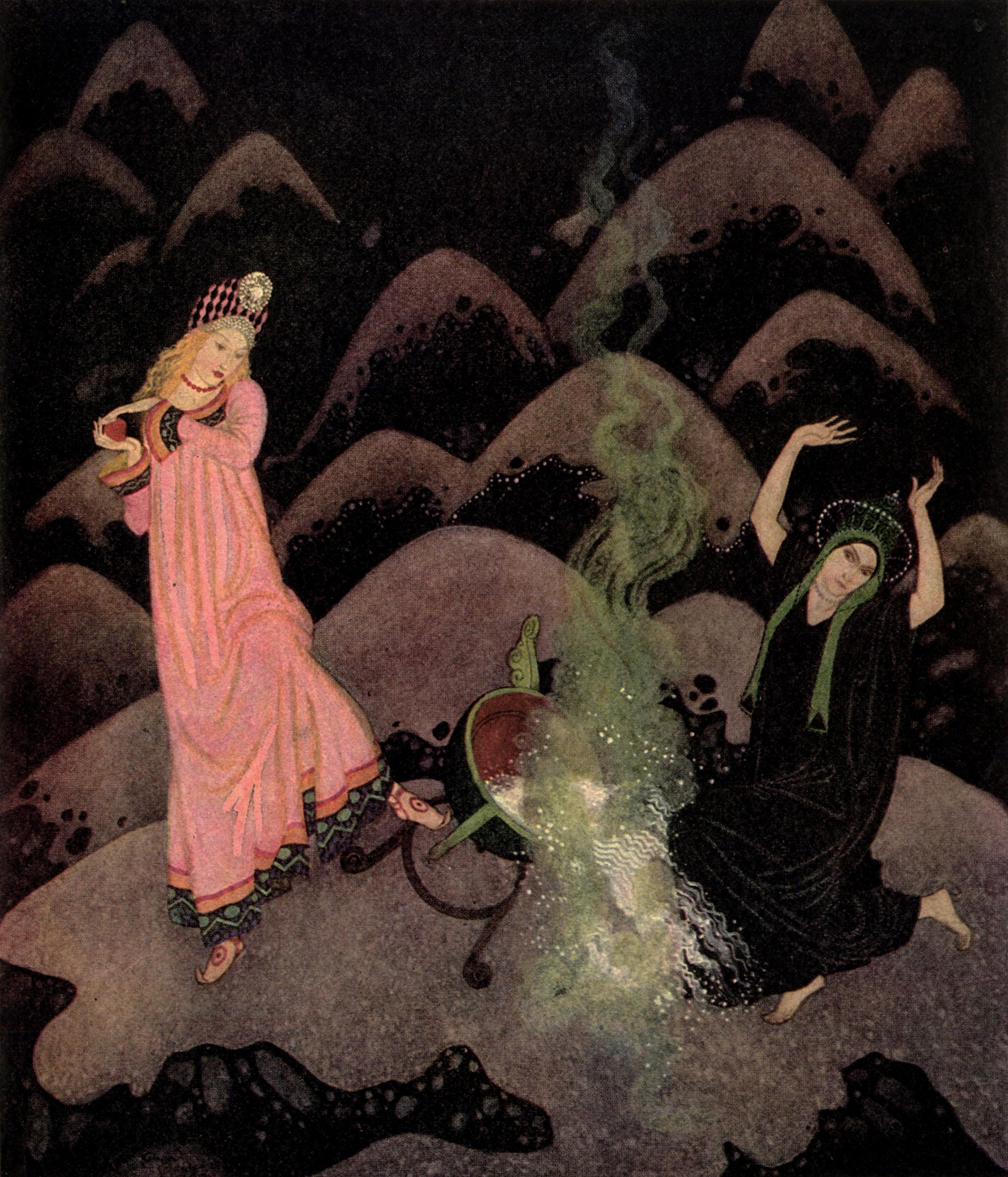
Further reading with JSTOR:
“He” Had Me at Blue: Color Theory and Visual Art by Barbara L. Miller
A Critical Account of Some of Josef Albers’ Concepts of Color by Alan Lee
Color Theory and the Perception of Art by Peter John Brownlee
GOETHE’S THEORY OF COLORS by WM. T. Harris
Red, Yellow and Blue: The Historical Origin of Color Systems by David Burton
Weaving the Rainbow: Visions of Color in World History by Robert Finlay
Editor’s Note: This story was updated to repair broken links.
